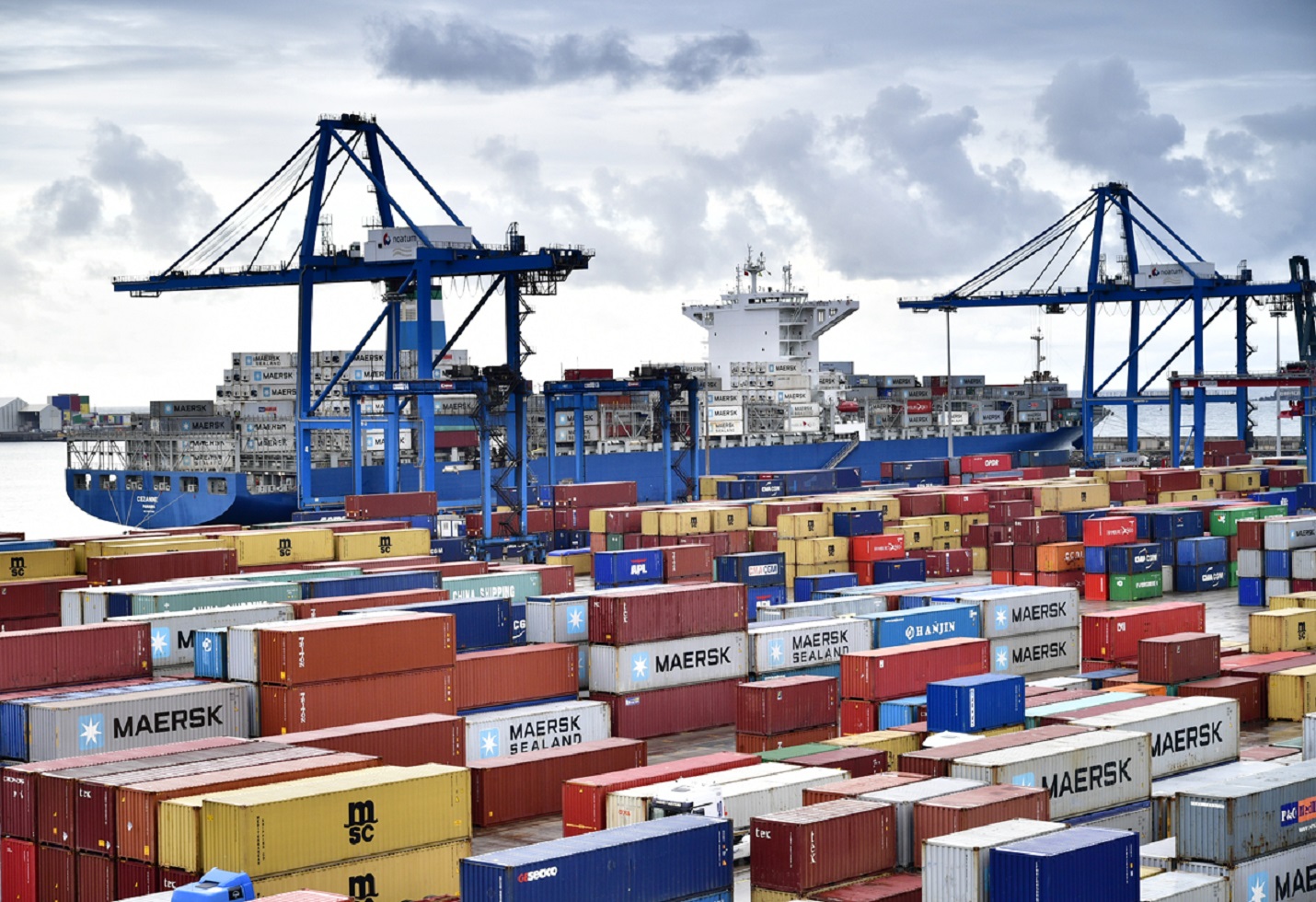Maruti Suzuki India Q1FY25 Sees Double-Digit Profit Growth Amid Shifting Market Trends
Company Overview
Maruti Suzuki India Ltd is engaged in the production and marketing of passenger cars in India. The company, which started with the iconic Maruti 800, now offers a wide range of automobile models with several variants. Maruti Suzuki’s entry-level compact cars include the Alto 800 and Alto K10, while the Ciaz represents the luxury car segment. The company’s operations also encompass fleet management, pre-owned car sales, and auto financing. It operates a state-of-the-art research and development center in Rohtak, Haryana, and production facilities in Gurgaon and Manesar. MSIL holds a 56.2% ownership stake in Suzuki Motor Corporation, a Japanese car and motorcycle manufacturer. With over 50% of the domestic car market, Maruti Suzuki is the largest passenger car company in India. The company’s consistent dedication to innovation and customer satisfaction is evident in its diverse vehicle models, ranging from hatchbacks to UVs, vans, and light commercial vehicles.
Industry Outlook:
By 2030, India is expected to lead the world in shared mobility, creating opportunities for electric and autonomous vehicles. To reduce pollution, there is increasing emphasis on electric vehicles. The Indian government aims to have 30% of all new car sales in India be electric by 2030. The Indian passenger automobile market was valued at US$32.70 billion in 2021 and is projected to grow at a compound annual growth rate (CAGR) of more than 9% from 2022 to 2027, reaching a value of US$54.84 billion. The global EV market is anticipated to grow fivefold, from an estimated US$250 billion in 2021 to US$1,318 billion by 2028. In April 2024, a total of 23,58,041 units of passenger vehicles, two-wheelers, three-wheelers, and quadricycles were produced. In FY24, 2,84,34,742 units of passenger cars, commercial vehicles, two-wheelers, three-wheelers, and quadricycles were produced. The combined output of three-wheelers, two-wheelers, quadricycles, passenger vehicles, and commercial vehicles was 7.13 million units in the third quarter of 2023–2024.
Domestic Sales:
The company had an exceptionally busy year in FY 2023–2024. With the launch of new products, the company’s annual sales volume reached a record high of 1,793,644 units, comprising 33,763 light commercial vehicles and 1,759,881 passenger vehicles. The introduction of new models contributed to the company’s faster growth compared to competitors. While the competition grew by 8% during the same period, the company’s PV sales volume increased by 9.5% in FY 2023–2024. Additionally, the introduction of new SUVs helped the company achieve several milestones in 2018, maintaining brand excitement throughout the year. The company remains the most preferred brand, with 10 of the top 15 models in the nation.
Total Sales
| Market | Number | Growth % | % Of Total Sales |
| Domestic | 451,308 | 3.8% | 86.5% |
| Exports | 70,560 | 11.65 | 13.5% |
| Total Sales | 521,868 | 4.8% | 100% |
Domestic Sales:
| Segment | Number | Growth % | % Of Domestic Sales |
| Mini | 30,816 | -23.7% | 6.8% |
| Compact | 189,208 | -10.3% | 41.9% |
| Mini + Compact | 220,024 | -12.4% | 48.8% |
| Mid-Size | 2,169 | -42.2% | 0.5% |
| UVs | 163,130 | 29.1% | 36.1% |
| Vans | 33,791 | 3.4% | 7.5% |
| Lcv | 7,946 | -1.6% | 1.8% |
| Sales to OEM | 24,248 | 91.3% | 5.4% |
| Domestic Sales | 451,308 | 3.8% | 100% |
Q1FY25 Financials Performance:
MSIL’s Q1FY25 revenue increased by 9.8% YoY to ₹33,875cr. This growth was fueled by a 4.8% YoY increase in sales volume to 5,21,868 vehicles. Additionally, the 4.8% YoY rise in the average selling price (ASP) contributed to revenue growth. The utility vehicle (UV) segment saw the majority of growth in the domestic PV industry, with UV sales increasing by 29.1% YoY, reflecting a shift in consumer preferences. Export sales also grew, reaching 70,560 units, up 11.6% YoY, driven by rising demand from the Middle East, Africa, and Latin America. EBITDA increased to ₹4,502cr (+50.9% YoY), with the EBITDA margin growing by 360bps YoY to 13.3%, thanks to cost-cutting measures, strong operational leverage, and a decrease in commodity prices. Consequently, net profit rose by 46.9% YoY to ₹3,650cr.
Q1FY25 Financials Performance:
| Particulars | Q1FY25 | Q1FY24 | YoY % | Q4FY24 | QoQ % |
| Revenue | 33,875 | 30,845 | 9.8 | 36,698 | (7.7) |
| EBITDA | 4,502 | 2,983 | 50.9 | 4,726 | (4.7) |
| EBIT | 3,771 | 2,236 | 68.7 | 3,997 | (5.6) |
| PBT | 4,689 | 3,190 | 47.0 | 4,998 | (6.2) |
| TAX | 1,039 | 705 | 47.4 | 1,120 | (7.2) |
| PAT | 3,650 | 2,485 | 46.9 | 3,878 | (5.9) |
| EPS | 116.1 | 82.3 | 41.1 | 123.3 | (5.9) |
Volume Increase and Sales Mix:
Total of 220,024 units were sold in the Mini + Compact car segments, representing a 12.4% YoY decline. The UV (Utility Vehicle) segment, however, showed strong growth, with sales increasing by 29.1% YoY to 163,130 units. This reflects the growing preference for SUVs in the Indian market. Sales of Vans increased by 3.4% YoY to 33,791 units, while LCV (Light Commercial Vehicle) sales slightly declined by 1.6% YoY to 7,946 units.
Key Updates:
• Maruti Suzuki India Limited sold 179,228 units in total in June 2024. The total sales for the month were 31,033 units exported, 8,277 units sold to other OEMs, and 139,918 units sold domestically.
Maruti Suzuki India Limited sold 179,228 units overall in June 2024 as opposed to 159,418 units in June
• Maruti Suzuki India: June output totalled 133,095 units, down from 137,133 units in May. YoY
Maruti Suzuki (MSIL) surpassed 2 million automobile deliveries via railways, speeding past a green milestone.
Maruti Suzuki (MSIL) surpassed 2 million automobile deliveries via railways, speeding past a green milestone.
Maruti Suzuki India Q3 Net Profit: ₹3760 crore compared to ₹2550 crore year-over-year in June 2024. Revenue 35779 crore versus 32535 crore year-over-year.
• Commencing with its maiden SUV launch in Japan, Maruti Suzuki India has started exporting 1,600 units of its ‘Made-in-India’ SUV Fronx.
When computing long-term capital gains on debt mutual funds, Maruti Suzuki India would have to increase the provision for deferred tax liability by about 28.50 billion because the indexation benefit was removed.
The image added is for representation purposes only










